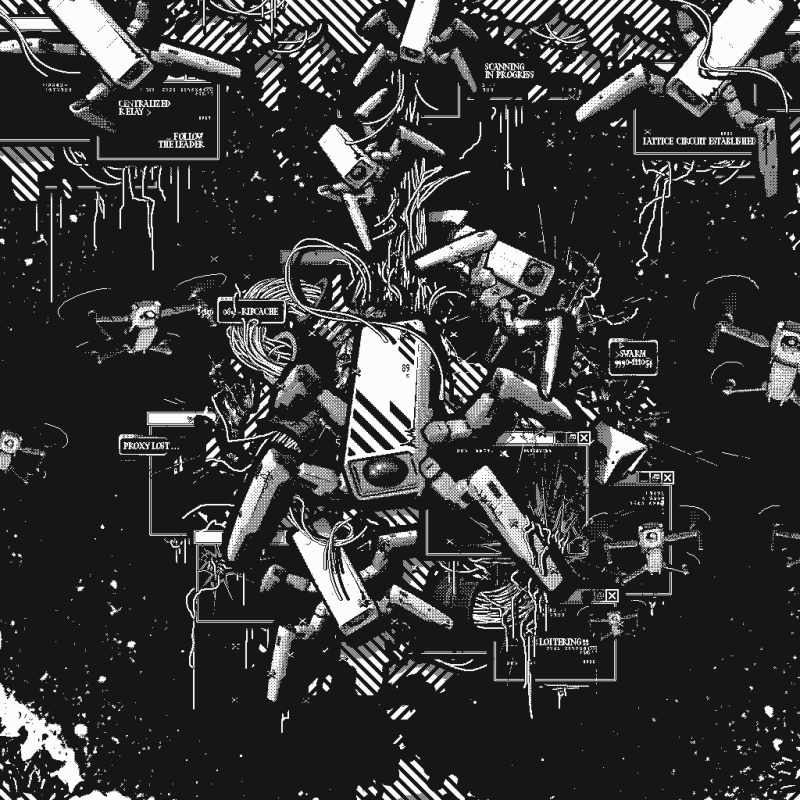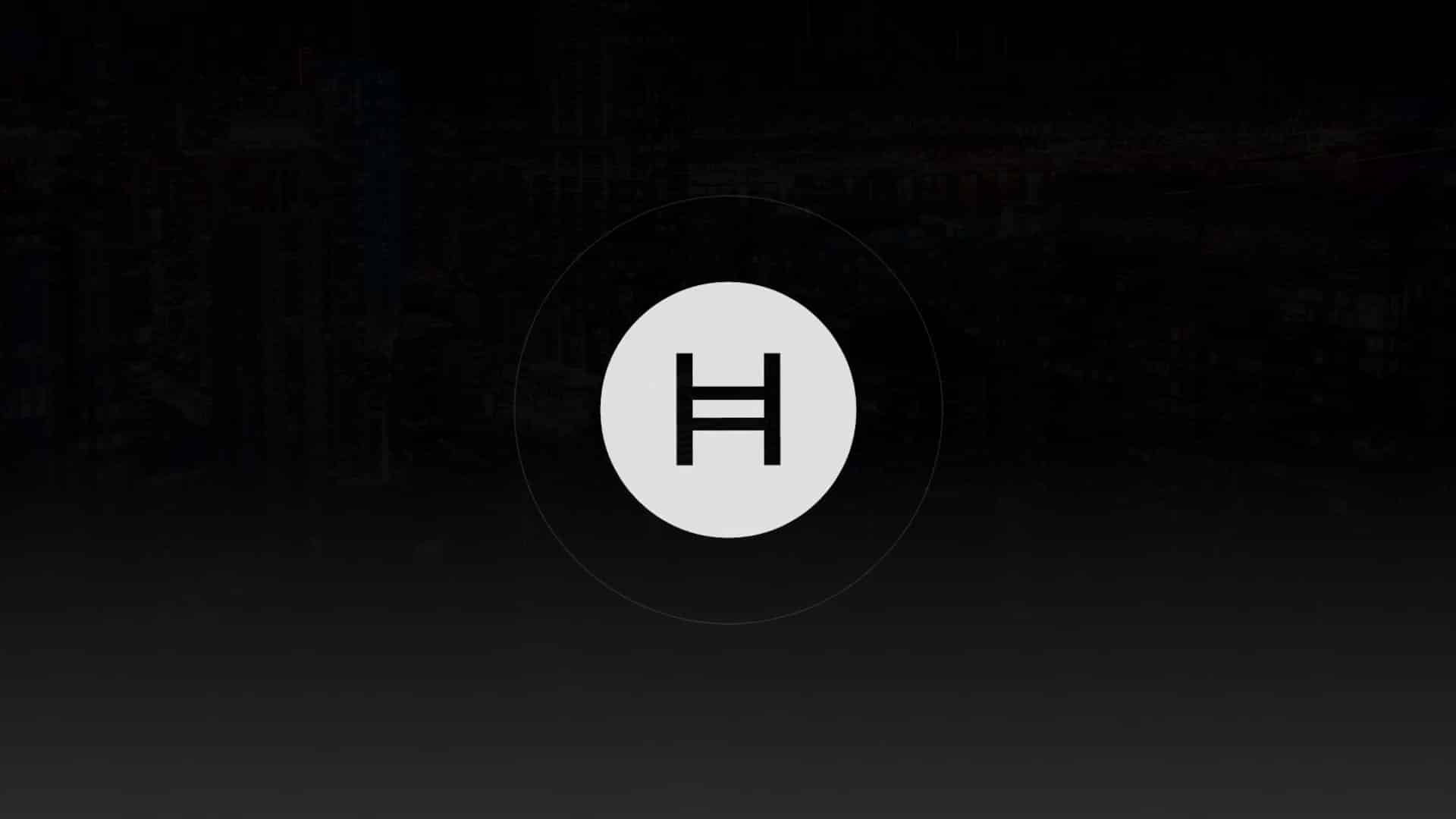Art under Surveillance: Ripcache’s Radical Views in Bitcoin Amsterdam

Pseudonymous artist Ripcache explores themes of surveillance and privacy through the aesthetic of 1-bit pixels. Ripcache’s work examines the pros and cons of the evolving digital age by examining the impact of modern surveillance in centralized and decentralized systems. Their latest series, “Hyperscalers,” marked a significant milestone for their career and the larger ordinal ecosystem with a private sale to Brissi collectors at UTXO Management’s OTC desk on the Bitcoin Amsterdam main stage.
We sat down with Ripcache to discuss his art.
Bitcoin’s ordinal numbers create new ways for audiences to engage with digital art. In a world increasingly dominated by surveillance, how does this affect your views on ownership, visibility and control over art?
Ordinal numbers challenge the status quo regarding ownership and control. In a way, they democratize access to certain forms of art. In the past, much of the art world took on exclusivity as a theme. These are works hidden in private collections or warehouses, accessible only to a select few. This exclusivity is like a centralized database with limited entries.
In contrast, if you engrave a work of art on Bitcoin, anyone can access it. Sure, you still might not own it, but at least anyone with an internet connection can view it and verify your work without any intermediaries. This accessibility and transparency challenges traditional power structures of art ownership and curation. That said, in an age of pervasive surveillance, this openness also raises questions about privacy and the potential for artwork and sources to be co-opted or misused. It’s a delicate balance between visibility and control, and advocating for a future where art is accessible and respects individual privacy (for artists, collectors and the general public).

How do you see the relationship between art and surveillance evolving as technologies like blockchain and AI continue to shape the future of digital art? Can AI provide an alternative narrative to the hyper-surveilled world we live in, or deepen it?
AI and blockchain are actively changing our perceptions of surveillance and privacy. AI has tremendous creative potential in enabling new forms of creation and interaction, but it also carries risks. The biggest risk is that it will amplify surveillance capabilities by collecting and processing vast amounts of data, predicting behavior and potentially suppressing spontaneity.
But it’s hard to say for sure. AI can deepen the surveillance state, but it also has the potential to provide an alternative. Artists are already using AI to explore themes of privacy and identity and take back control of their narratives. It may be a bit cliché, but I think cryptocurrencies and Bitcoin provide a balance by being decentralized and enabling more and more anonymous interactions. Ordinal numbers allow artists to share their work with collectors around the world without centralized oversight, promoting a culture of openness while protecting individual freedom. As this technology evolves, we believe it is important to actively shape it to enhance rather than diminish our creative and personal freedom.
The inclusion of motifs such as CCTV and drones in the work raises questions about the tension between the peer-to-peer aspect of Bitcoin and the ubiquity of surveillance. Are you concerned that systems that seek to decentralize power may still be co-opted by regulatory forces or contribute to an increasingly digital panopticon?
The risk of decentralized systems being adopted is a real concern. The use of motifs such as closed-circuit TV cameras and drones is an attempt to emphasize this tension. These symbols represent the watchful eye of surveillance, prompting viewers to consider how technologies meant for empowerment can be recycled for control.
Bitcoin’s financial transparency is empowering. While this has the potential to hold your institution liable, it can also expose your personal data if not managed carefully. The paradox is that increased openness can lead to decreased individual privacy. To prevent decentralization from contributing to the digital panopticon, it is important to advocate for technologies that prioritize user privacy, such as zero-knowledge proofs, and to remain vigilant about regulatory developments.
Art can play a role in this discourse by bringing these issues to the cultural forefront and encouraging active engagement with the cypherpunk ethos and secondary and tertiary impacts of technology.



